Living sculpture, hedge carving, or shrub shaping—call it what you like. Topiary has been around as long as cutting implements and gardens. It’s one of the hottest trends in landscapes today (we cannot keep them in stock).
Why? Well, for a few good reasons including how just one single plant in a pot is a stand alone feature. (We call them "One Pot Wonders"). These need little care or fussing over, for the immediate and much-needed height and scale they bring to a garden. Also, for how their vertical shapes naturally frame doors and entrances. Plus, they’re just cool.
Here are 10 things topiary lovers (or those thinking, hmmm, maybe…) should know.
POODLES? POMPONS? PYRAMIDS?

We’re famous for the variety of topiary forms we offer (currently 15 different ones). Wonder where all those whimsical shapes come from? Through the 70's and 80's we had a yearly new shapes and forms contest. Here our Craftsman could enter their own topiary forms for consideration. Most of our current topiaries came about from those events.
EIGHT YEARS? YEP.
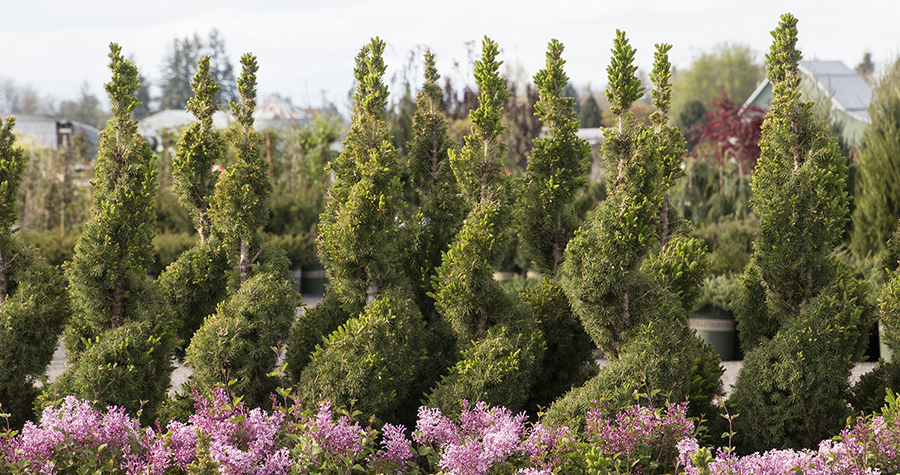
Sculpting topiary is a slow process, with plants trimmed often, but sparingly. We start our topiaries very early in the growing cycle. This is so that the bare branches callous and require less maintenance in your garden. A Monrovia spiral juniper takes at least six years to reach the smallest saleable size. Larger specimens require eight years or more.
NO LEFT TURNS
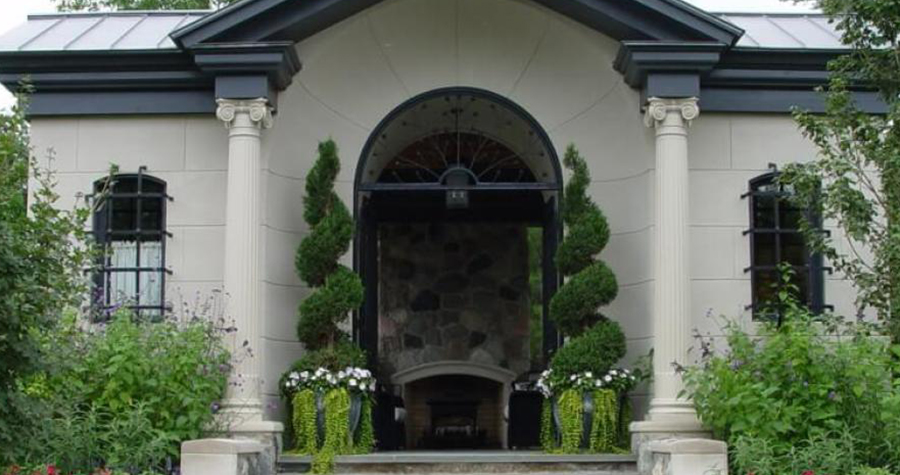
Once the plant reaches four feet tall, the topiary artist cuts the initial spiral pattern into the plant. At Monrovia, sculpting begins at the base. It takes three turns upward to the right – never to the left – for a more consistent look. This is why you can buy our topiary in perfectly matched pairs to flank a door!
NOT ALL SHRUBS ARE TOPIARY CANDIDATES

Topiary craftsmen prefer small-leaved, woody evergreens with dense foliage. For instance, juniper, privet, yew, boxwood, myrtle, holly, rosemary, and brush cherry.
WE ACTUALLY COUNT THE BRANCHES

One thing that differentiates our topiaries is that they are grown to a size standard. Each form has its own unique height, number and length of branches. The final size of the pompon or pad at the end of each branch. A diagram with the specs for each form has been produced so we can maintain our consistency.
LEAFY ARTS
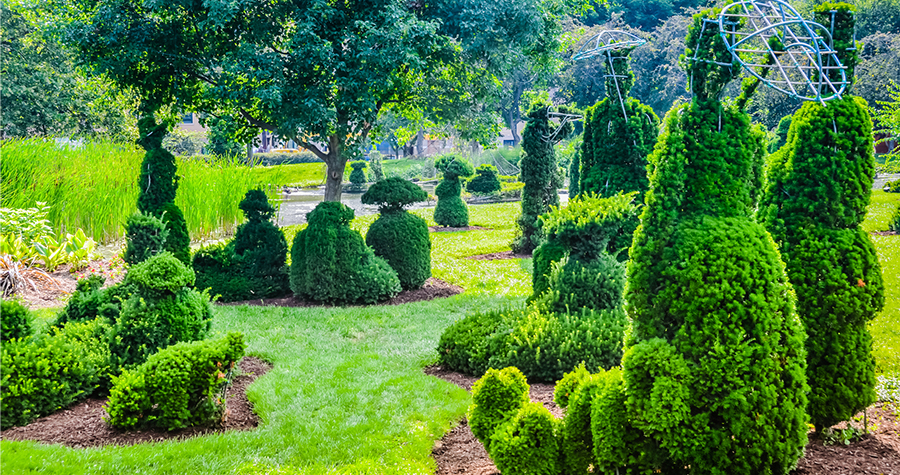
Early topiary (think 38 B.C.) weren’t the twirls, swirls, or Disney-esque animals of today–they were huge shapes replicating hunting scenes and naval fleets. (This topiary garden in Columbus, Ohio. It mimics Georges Seurat’s famous pointillist painting A Sunday Afternoon on the Island of La Grande Jatte. It might give a window into the look of those earliest topiary gardens.)
A-MAZING

Topiary art reached its zenith during the Victorian period. This is when gardeners would shape massive hedges into elaborate mazes and grand knot gardens. Some of these exist even today (this is France’s Château de Villandry). Could you have a tiny bit of this in the backyard? Why not!
MEANWHILE, CLOSER TO HOME

The oldest topiary garden in the U.S, dating back to 1910, is Green Animal Topiary Garden in Portsmouth, R.I. These aren’t grown over a wire frame (think Disney), but carved from a single shrub. Exotically clipped topiaries may not be your taste, but you gotta admit, this is insane!
THEY LOVE SNOW
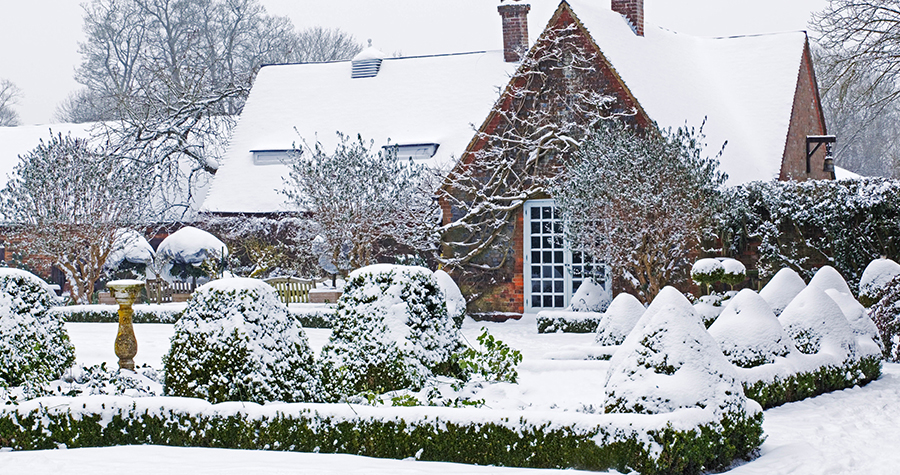
Many of the shrubs used to make topiary are super-hardy (some such as junipers are zone 3 or -40 degrees). They look especially magical under a blanket of fresh snow.
THEY'RE NOT "PERMANANT"
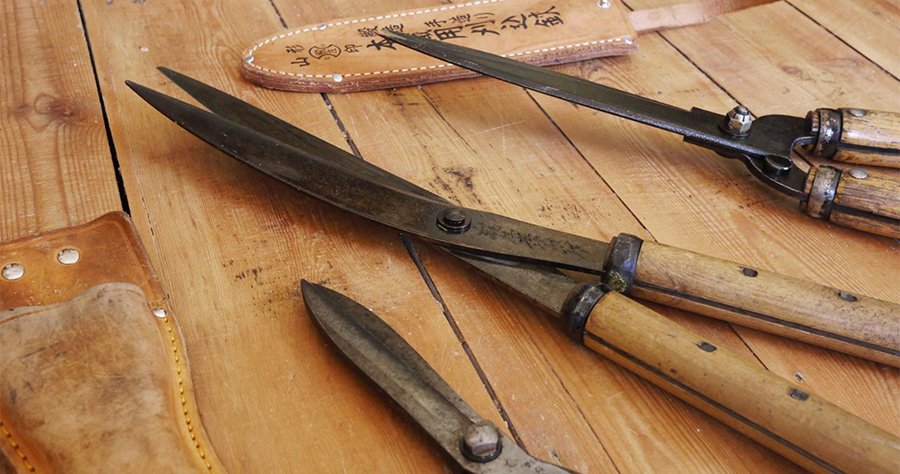




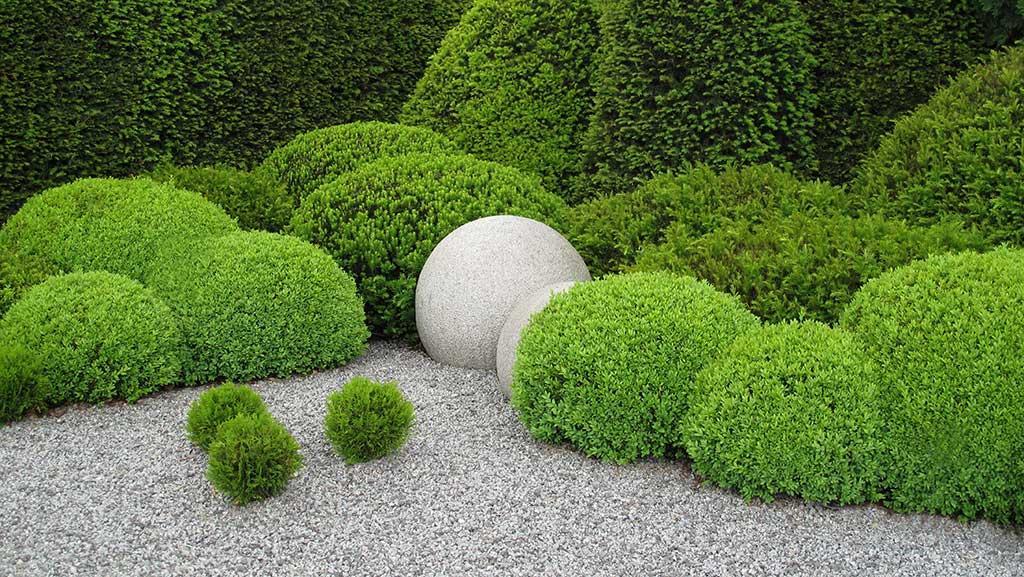
Please login to comment.
Don't have an account?
Sign Up for free